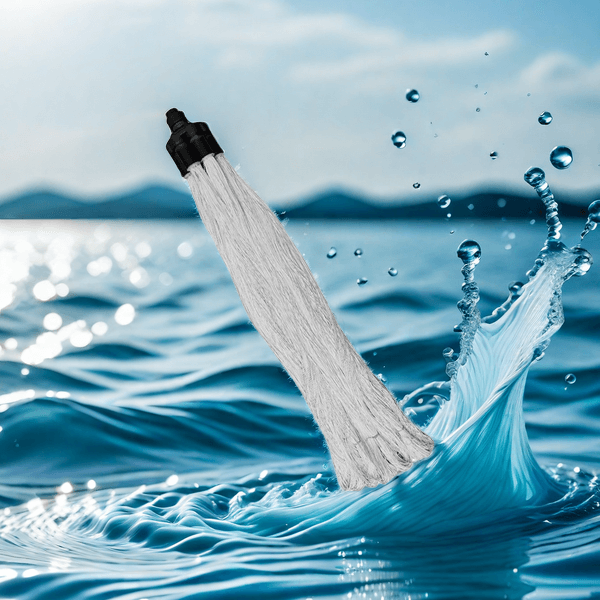What are the advantages of bubbleless aeration technology in MABR?
Bubbleless aeration technology has several key advantages in MABR:
1. Efficient oxygen supply: MABR uses hollow fiber membranes to directly transfer oxygen to the biofilm, avoiding the dissolution and diffusion loss of oxygen in water, greatly improving the transfer efficiency and utilization rate of oxygen. Compared with traditional microporous aeration, MABR’s oxygen transfer efficiency is 3-4 times higher, and the oxygen utilization rate can reach more than 60%, while the oxygen utilization rate of traditional technology is only between 10% and 20%.
2. Energy saving and consumption reduction: Due to the efficient oxygen supply characteristics of bubble-free aeration technology, the energy consumption of the MABR system is significantly reduced. The aeration membrane area per unit volume is large and the energy consumption of a single device is low. It is especially suitable for scenarios that require large areas and long-term operation, such as river management and sponge city planning.

3. Reduce sediment agitation: Bubble-free aeration will not cause water agitation caused by rising bubbles, avoiding water turbidity caused by sediment suspension, which is conducive to maintaining clear water.
4. Easy to transform: MABR membrane modules can be directly installed in existing rivers or biochemical pools, with little impact on the operation of existing equipment and systems, making it easy to upgrade sewage treatment facilities.
5. Improve treatment efficiency: The combination of bubble-free aeration technology and MABR biofilm system can achieve nitrification and denitrification processes in a single reactor, improving the removal efficiency of pollutants.
6. Reduce sludge generation: Due to efficient oxygen utilization and the characteristics of biofilm, the MABR system can reduce the amount of sludge generated and reduce subsequent treatment costs.
In short, bubble-free aeration technology is one of the core advantages of the MABR system. It provides a more efficient and economical solution for sewage treatment by improving oxygen utilization efficiency, reducing energy consumption, and reducing sediment agitation.
